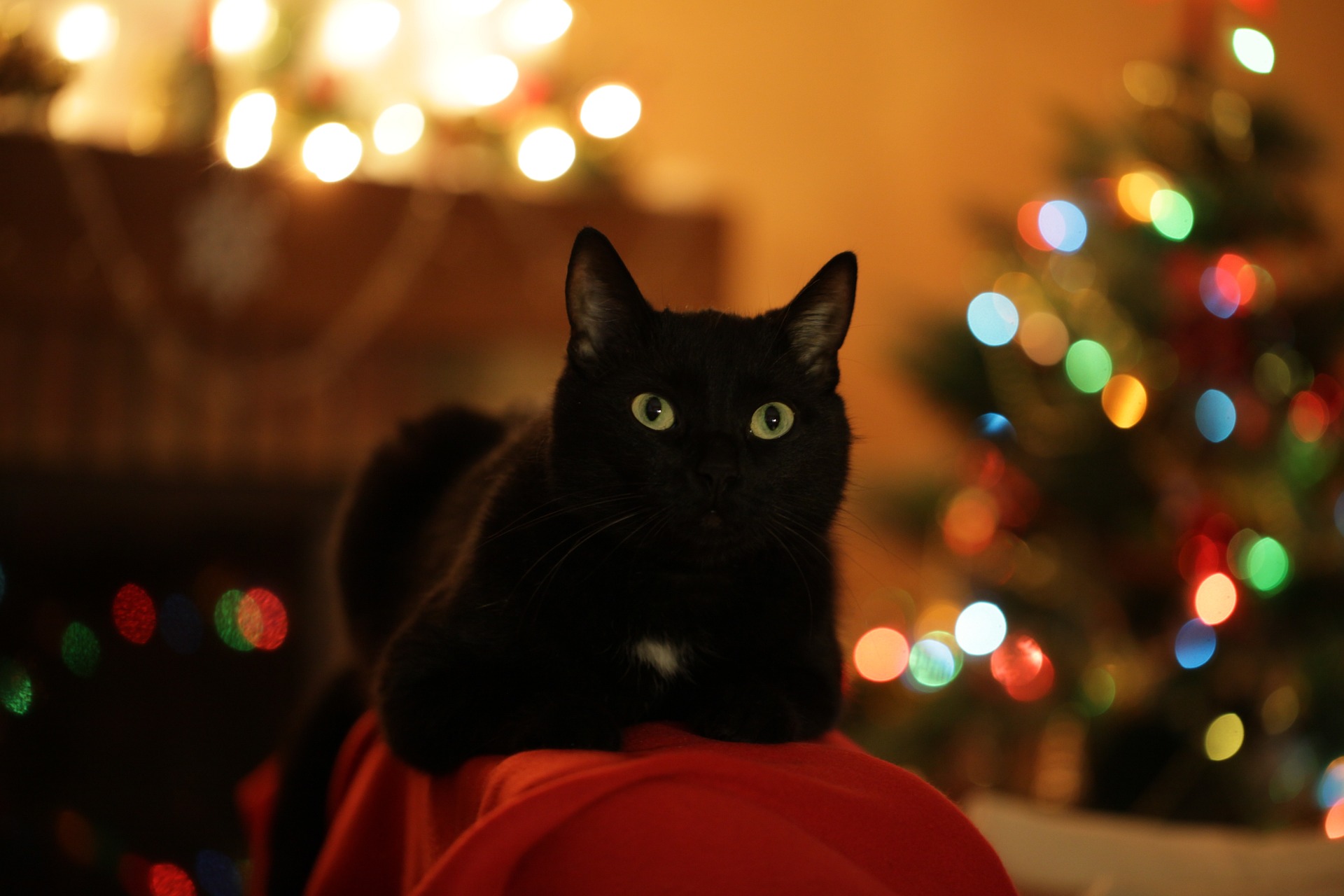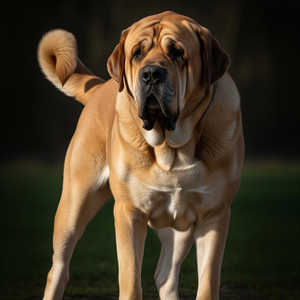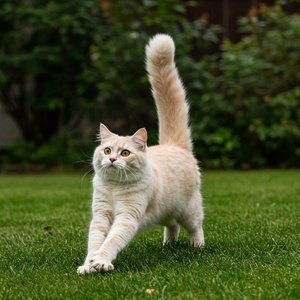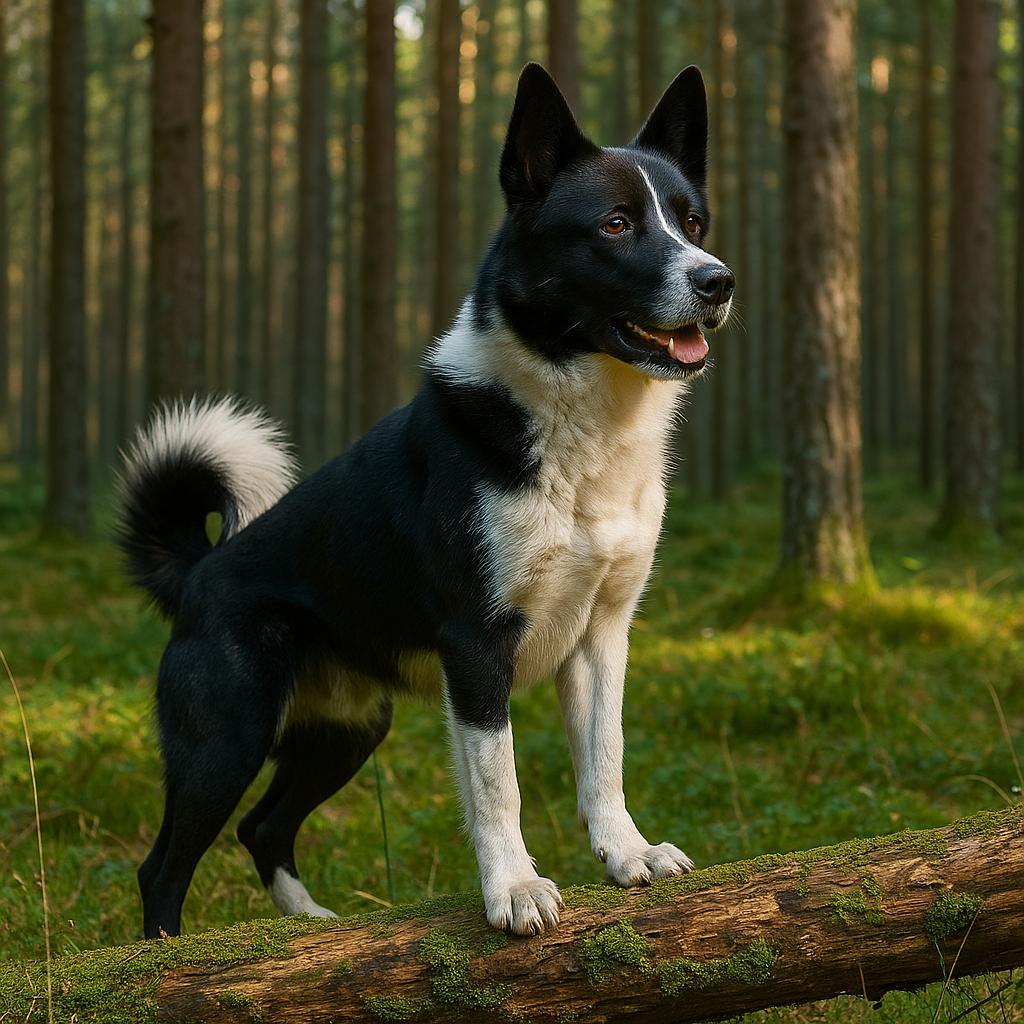
A Guide to the Karelian Bear Dog Breed’s Legacy
The Karelian Bear Dog is a very old dog breed. It has always been engaged in hunting in the areas of Lake Pagoda, Olonets and Russian Karelia. It arrived from the Urals following the Komi, Zyrian and Olones populations around 900 A.D., who brought with them their own dogs, the Komi, who are the ancestors of the Karelian Beardog, and who in turn were direct descendants of the Arctic wolf.
This breed spread very quickly in Finland and was used for all types of hunting: game, waterfowl, moose, lynx, deer and bears. In Finland, the breeding of this breed began in 1936, with the aim of having a dog that would specialise in hunting bear and elk. The Karelian bear dog is a primitive spitz type dog, i.e. those dogs that, regardless of human intervention, have never changed over time and still retain their original characteristics.
During the Second World War, the breed risked extinction with the almost complete destruction of the canine population, sixty specimens were saved and gave rise to the rebirth of the Karelian Bear Dog. This breed, however, is known and widespread mainly in Finland and almost unknown in the rest of the world.
Character of the Karelian Bear Dog
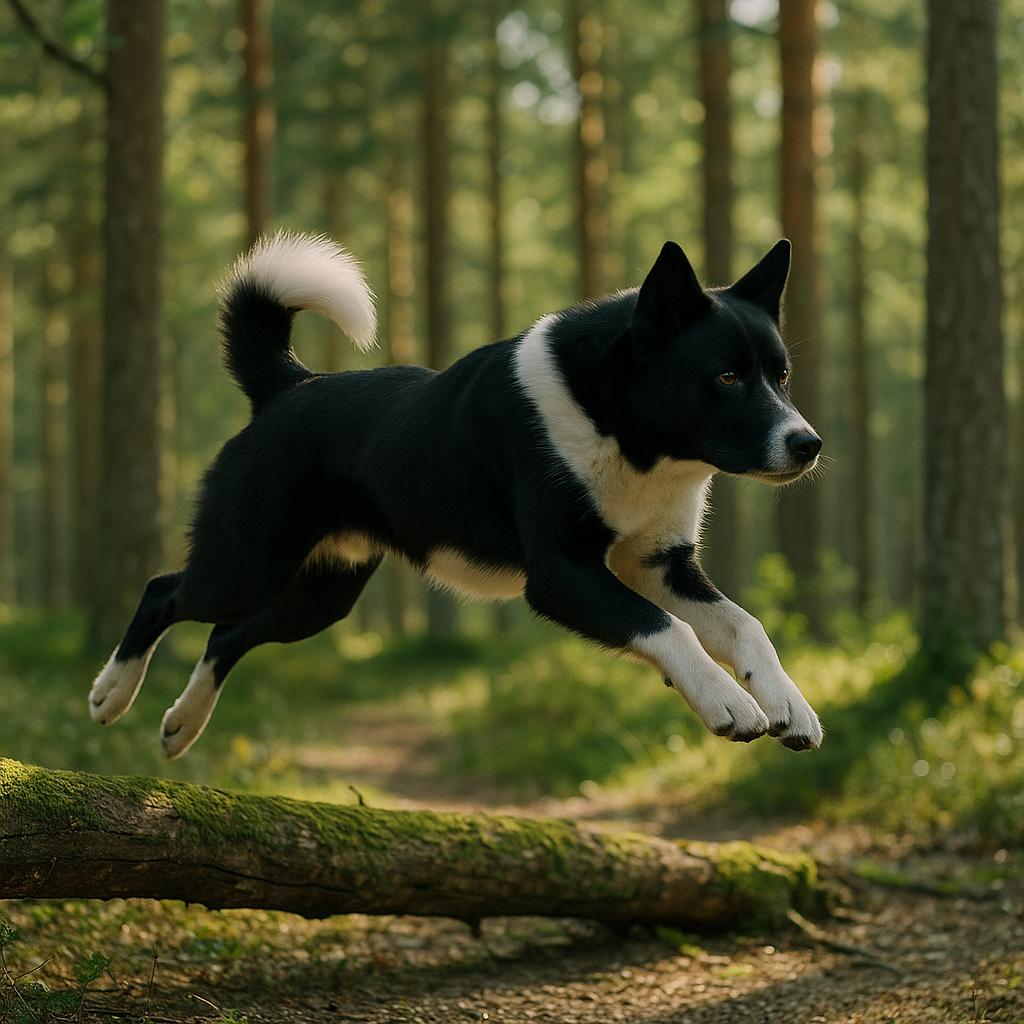
It has a highly developed fighting instinct, as it has been bred for hunting large animals. It is an energetic, tenacious and athletic dog, has a highly developed sense of smell and has to work hard on this, to follow tracks and find animals. When it has found the animal, it tries to work with courage and determination until the hunter arrives.
This breed is by no means aggressive with people, but can be aggressive with its fellows, whom it generally does not tolerate, especially if they are of the same sex. It is considered a sociable dog and suitable for being with humans, in fact it is very sensitive and intelligent and becomes very attached to its owner, it suffers greatly if confined in small spaces or if it lacks the attention of its human.
Training is fundamental in the Karelian Bear Dog, for socialisation. It must be trained consistently and patiently; it is not a dog for beginners. It does not tolerate cats as it sees them as prey.
A curiosity: in Russia it is used to keep bears away without killing them, when they get too close to villages or settlements. The dogs bark and chase the bear, which, being a very intelligent animal, understands that it is not appropriate to return to those areas.
Appearance of the Karelian Bear Dog breed

The body is vigorous, athletic and robust. It develops more in length than in height, the thorax is broad and the limbs well straight and turned, the thigh wide and long, with a good musculature that gives it the typical wide striding gait.
The head is triangular and the skull is broad, seen from the front, the muzzle is high and tapers as it approaches the truffle which is broad and black. The eyes are rather small and oval, brown in various shades, the gaze is always alert and attentive. The ears are straight and attached relatively high, of medium length with slightly rounded tips. The tail is of medium length, generally curved in an arc, preferably complete.
The coat has a smooth, straight and sparser outer coat, and is longer on the neck, back and back of the thighs, while the undercoat is thick and dense. The coat colour is black, but there may be well-defined white patches on the head, neck, chest, abdomen and limbs.
Health and care of the Karelian Bear Dog breed
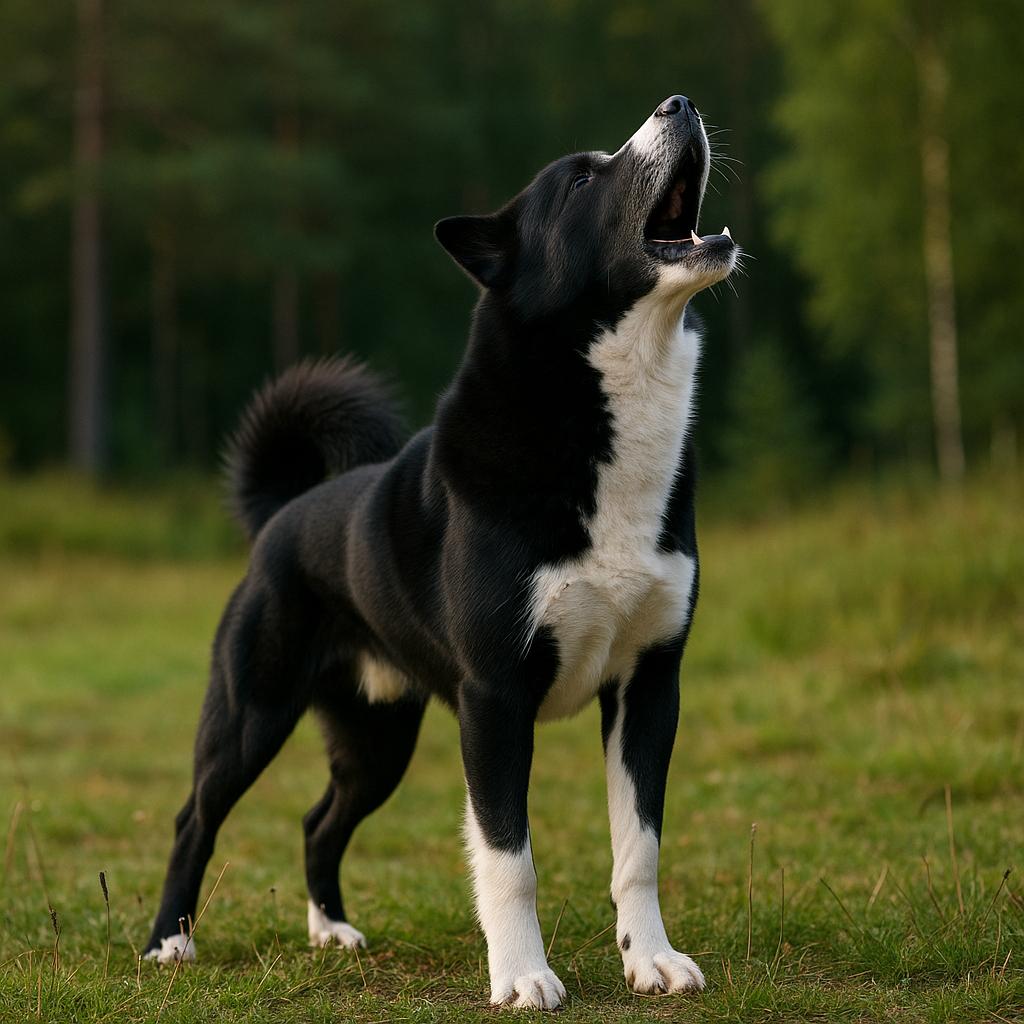
A traditional diet of vegetables, raw meat and carbohydrates is advisable, but it must get plenty of exercise.
With regard to coat care, regular brushing is sufficient to keep his coat healthy. He does not lose much of it.

